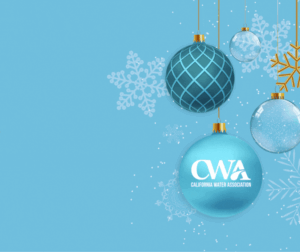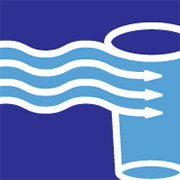PRESS RELEASE
California Water Service Company (Cal Water) Vice President of Regulatory Affairs and Corporate Relations Paul G. Townsley testified at a Joint Oversight Hearing yesterday about Cal Water’s efforts to assist low-income customers as the costs of providing water utility services increase for all water providers, government- and investor-owned, throughout the state.
“The time may have come for a state-wide low-income rate assistance program. This would ensure that all Californians who are struggling to pay their water bills get the help they need, whether they are served by a government- or investor-owned water provider,” Townsley said.
Townsley based this observation on three critical facts:
- All Californians are facing or will face higher water rates, regardless of who provides their water utility services, because the costs of providing water service are increasing.
- Investor-owned water utilities such as Cal Water provide low-income assistance programs, but they serve less than a fifth of the state’s population.
- A state-wide low-income assistance program would lessen the individual burden of subsidizing low-income customers by increasing the number of individuals funding the subsidy, as well as ensure that all Californians can access the assistance they need, whether they are served by a government- or investor-owned water utility.
According to the Pacific Institute, water utilities are “a rising cost industry as a result of deteriorating infrastructure, stricter regulations, and climate change.” Cal Water expects to receive authority to increase its rates to cover higher costs in the spring, but it is not alone; cities and water districts throughout the state have recently increased or proposed increasing water rates, including the City of Davis, the City of Yuba, the City of Sacramento, the City of San Francisco, the City of Sierra Madre, and the San Lorenzo Valley Water District.
Investor-owned water utilities undergo a thorough rate review every three years by the California Public Utilities Commission (Commission) to ensure that their rates reflect the actual costs of service. Rates differ in each of Cal Water’s 25 service areas because the costs of providing service vary depending upon many factors, including the number of customers served by the system, the natural quality of the water supply, and the source of available water supplies.
At the hearing, Assembly Member Mariko Yamada expressed concern about water rate increases in Lucerne, a low-income community served by Cal Water.
“Like Assembly Member Yamada, we at Cal Water are concerned about affordability in communities like Lucerne. That is why we have worked closely with the Commission and other parties to our General Rate Case to increase both our Low-Income Rate Assistance program discount and our Rate Support Fund discount. In fact, if the Commission approves the settlement agreement reached by all parties, low-income customers in Lucerne will actually see a decrease in their monthly water bill,” Townsley said.
He pointed out that these customers would receive an approximate 70 percent discount on their monthly water bills under the terms of the settlement agreement, making it an affordability program that is unmatched in the state.
Cal Water’s Low-Income Rate Assistance program is similar to those offered by electric and gas utilities; the Rate Support Fund provides a discount to customers who live in high-cost areas, such as Lucerne.
According to Townsley, focusing on low-income assistance for customers of investor-owned water utilities only would leave out more than 80% of Californians who are served by public water providers, most of which do not offer low-income assistance.
Addressing members of the Joint Oversight Committee, Townsley said, “We at Cal Water look forward to working with you to find even better solutions to the challenges posed by rising water utility costs.”
Cal Water serves about 2 million people through 473,100 service connections in California. The company has provided water service in the state since 1926. Additional information may be obtained online at www.calwater.com.
###





